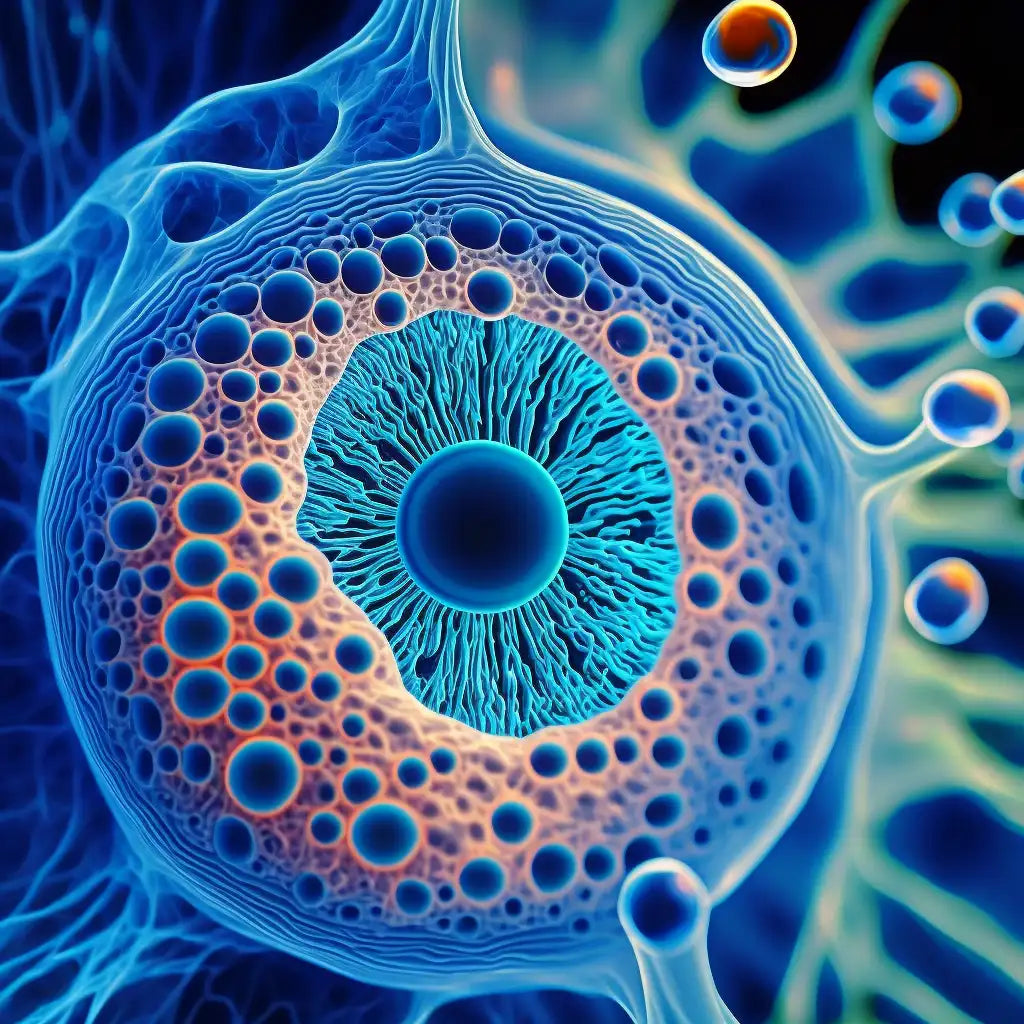Introduction
In recent years, the medical community has turned its focus towards the remarkable potential of stem cells in regenerative medicine. Amidst various strategies to augment stem cell production, Mild Hyperbaric Oxygen Therapy (mHBOT) has emerged as a promising candidate. This blog aims to explore how mHBOT can enhance stem cell production. Shedding light on its mechanisms, benefits, and implications in the broader context of medical science.
Understanding Stem Cells
Stem cells, the body's raw materials, are unique in their ability to generate new cells and repair damaged tissues. They are pivotal in maintaining normal tissue turnover and hold immense potential in treating a range of diseases from heart disease to diabetes. The challenge, however, lies in effectively increasing the body's natural stem cell production to harness these benefits.
Hyperbaric Oxygen Therapy: An Overview
Hyperbaric Oxygen Therapy (HBOT) involves breathing pure oxygen in a pressurized environment. Furthermore this increased pressure allows the lungs to gather more oxygen than would be possible at normal air pressure. While HBOT is commonly known for treating decompression sickness and wound healing. Its application in enhancing stem cell production is an area of burgeoning interest.
The Science Behind Hyperbaric Therapy and Stem Cell Production
mHBOT, a variant of traditional HBOT, utilizes lower pressure levels and is thought to stimulate stem cell proliferation and mobilization. By increasing oxygen levels in the blood, mHBOT creates an environment conducive to stem cell growth. This oxygen-rich setting helps in repairing tissues and in the regeneration of cells. Thereby potentially increasing the production and mobilization of stem cells.
Exploring the Mechanism: How Hyperbaric Oxygen Therapy Stimulates Stem Cells
The mechanism by which mHBOT stimulates stem cell production is multifaceted. Oxygen under pressure increases the production of reactive oxygen species (ROS), which, in controlled amounts, can signal the release of stem cells from the bone marrow. Additionally, the elevated oxygen levels enhance the capabilities of these stem cells, making them more effective in regeneration and repair processes. This phenomenon holds immense potential in treating a variety of conditions, from chronic wounds to neurodegenerative diseases.
Research and Clinical Evidence
Several studies have highlighted the impact of mHBOT on stem cell production. Research indicates that mHBOT can significantly increase the concentration of circulating stem cells. One landmark study showed a two to threefold increase in stem cell production following a series of mHBOT sessions. This surge in stem cells can aid in accelerated healing and recovery, marking a significant advancement in regenerative medicine.
mHBOT in Clinical Applications
The implications of increased stem cell production through mHBOT are vast. In clinical settings, this therapy could aid in faster recovery from injuries, enhance the healing process in diabetic ulcers, and even contribute to neurological rehabilitation in conditions like stroke or traumatic brain injury. The ability of mHBOT to mobilize and increase stem cells opens new avenues in the treatment of chronic diseases and age-related degeneration.
Patient Experiences and Case Studies
Anecdotal evidence and case studies offer insight into the real-world impacts of mHBOT on stem cell production. Patients undergoing mHBOT for various conditions have reported quicker healing, reduced inflammation, and overall improved health outcomes. These individual stories, while not scientific proof, provide valuable perspectives on the potential benefits of this therapy.
Safety and Considerations in Hyperbaric Oxygen Therapy
While the potential benefits of mHBOT are significant, it's crucial to consider its safety and suitability for individuals. Generally, mHBOT is well-tolerated, with few side effects such as mild ear pressure being the most common. However, it's not appropriate for everyone, particularly those with certain lung conditions or a history of ear trauma. Consulting with medical professionals to assess individual suitability for mHBOT is essential, ensuring that the therapy is administered safely and effectively.
The Future of mHBOT in Regenerative Medicine
The role of mHBOT in regenerative medicine is an exciting area of ongoing research. As our understanding of stem cells and their potential in healing and regeneration expands, so too does the scope for mHBOT in enhancing these processes. Future studies and clinical trials will be crucial in determining the most effective protocols for mHBOT in stem cell mobilization and in identifying the range of conditions that could benefit from this therapy.
Challenges and Limitations
Despite the promising potential of mHBOT in increasing stem cell production, there are challenges and limitations to its widespread adoption. One major limitation is the need for more comprehensive and large-scale studies to fully understand the therapy's effects and optimize treatment protocols. Additionally, accessibility to mHBOT facilities and the cost of treatment can be prohibitive for many patients.
Conclusion
Mild Hyperbaric Oxygen Therapy presents a fascinating frontier in the field of regenerative medicine, particularly in its capacity to enhance stem cell production. This therapy offers a novel approach to healing and tissue regeneration, with the potential to significantly impact the treatment of various diseases and injuries. As research continues to unfold, mHBOT could become a pivotal tool in our medical arsenal, changing the landscape of how we approach healing and recovery.
The exploration of mHBOT in the context of stem cell production is not just a scientific endeavor; it's a journey towards unlocking new potentials in human health and recovery. By embracing innovative therapies like mHBOT, the medical community continues to push the boundaries of what's possible in healing and regenerative medicine.








Leave a comment
This site is protected by hCaptcha and the hCaptcha Privacy Policy and Terms of Service apply.